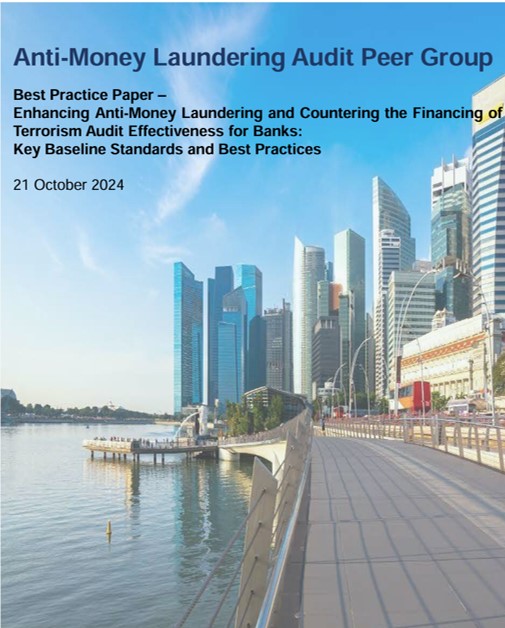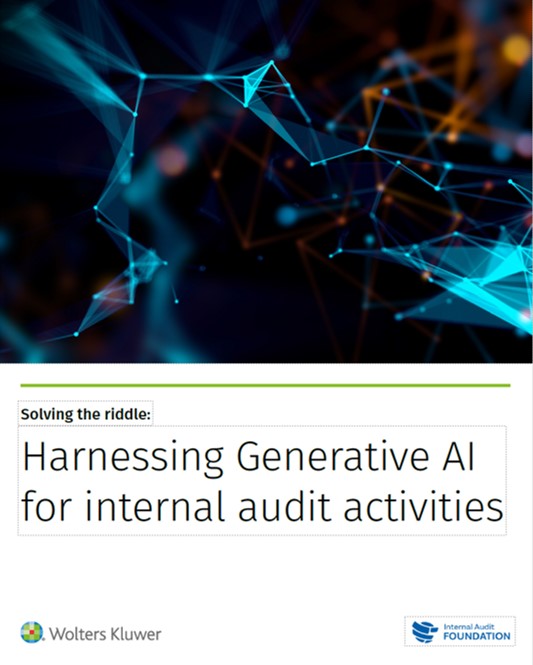Practice Guide for the Financial Services
Credit risk has always been considered a key risk for financial services organizations and, for a good number of organizations, maybe the most critical risk. This guidance provides internal auditors with a baseline skill set that allows them to test and evaluate the effectiveness of their organization’s credit risk management framework and processes.
This guidance will enable internal auditors to:
- Understand the importance of credit risk in a financial services context.
- Understand the regulatory environment and requirements related to credit risk.
- Understand the risk governance and risk management processes surrounding credit risk.
- Describe the nature and basis of measurement of the probability of default.
- Design an audit engagement that assesses the appropriateness and effectiveness of the credit risk management framework and the adequacy of the institution’s credit profile.
- Be able to apply IPPF and risk-based internal audit techniques to assess and audit credit risk in their organization.
Webinar: Auditing Credit Risk: Credit risk is one of the foundational risks for financial services firms. Providing credit is a large part of what financial services firms do. Over the last several years, regulators have focused on credit risk first emphasizing the necessity of having accurate models that can measure the capital impact of the credit activities, the risk of leveraged finance, and the great importance of counterparty risk. Now, financial services organizations are also grappling with the ramifications of CECL and IFRS 9 to their credit risk management framework. This webinar is an overview of new guidance published by The IIA on Auditing Credit Risk. The purpose of the guidance is to provide internal auditors with a baseline skillset that allows them to test and evaluate credit risk management in their organizations.




